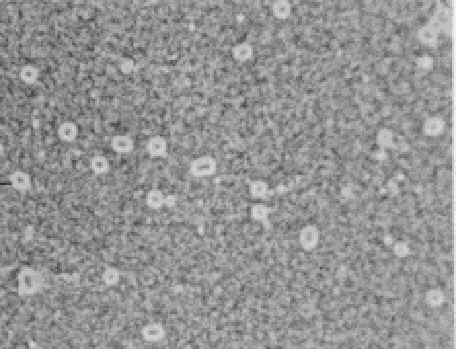| Technique | CAPSULE STAIN India Ink Method ,(/,)/,( |
| Principle | The capsule or
glycocalyx is a gelatinous outer layer that is secreted
by the microbe and remains stuck to it. Capsules may be
polysaccharide, glycoproteins or polypeptides depedning
on the organism The large particles of the India ink are unable to penetration into the capsule |
| Cautions | Any stray material in the
preparation that is not stained is frequently mistakenly
identified as a capsule 1: The film should be of the same
thickness as the capsulate organisms. |
| Method | 1: Place a large loopful of
undiluted India ink on a slide 2: Mix into this a small portion of the bacterial colony or Mix a small loopful of the deposit from a centrifuged liquid culture. 3: Place a coverslip on top of the mixture. 4: Press down under a pad of blotting paper. |
| Results | The capsule appears as a clear zone
between the refractile cell outline and the dark
background. |
| Positive control | Klebsiella pneumoniae (ATCC e13883) |
| Negative control | Alacilgenes denitrificans (ATCC 15173) |
| Reagents | Undiluted India ink Not all India Inks are suitable. Add 0.3% tricresol as a preservative |
| Reference | J.P. Duguid 1951 J. Path Bact 63: 673 |